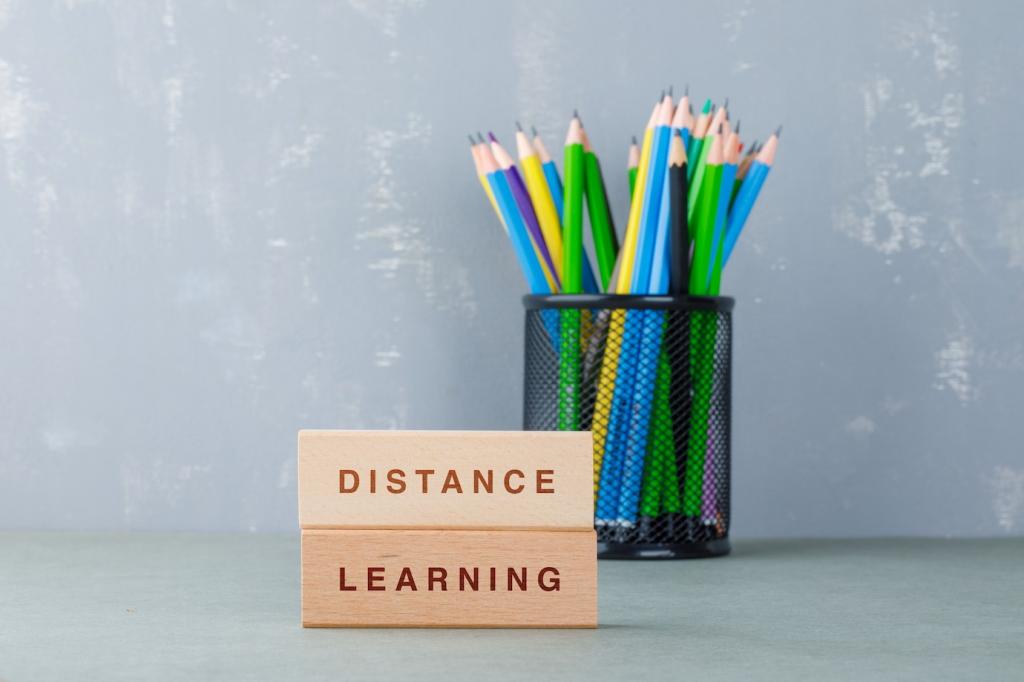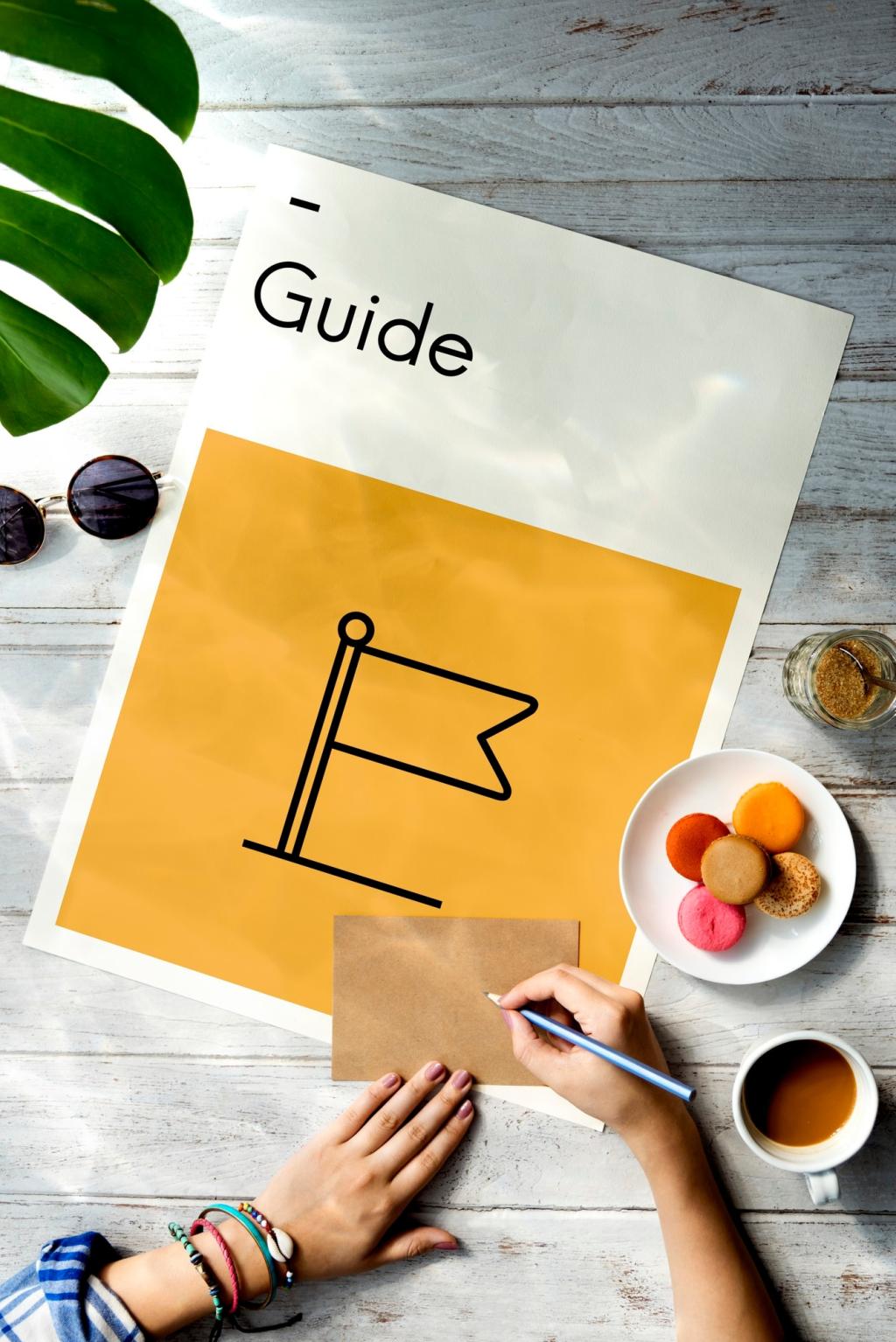Size Matters: Finding the Right Safe for Your Needs
Chosen theme: Size Matters: Finding the Right Safe for Your Needs. From interior dimensions to delivery logistics, learn how to pick a safe that truly fits your belongings, your space, and your future plans—then subscribe for more practical tips.

Start With What You’ll Store
Documents, binders, and odd sizes
Measure the width and height of legal folders, photo albums, and bulky binders. Many buyers forget binder rings and protective sleeves add surprising thickness. If you plan to keep a small fireproof document box inside the safe, remember that box needs its own clearance as well.
Firearms and quick‑access compartments
Long guns with optics require additional interior height and door swing space. Pistols benefit from drawers or door organizers that reduce shelf clutter. Think about quick‑access zones for daily carry items so you are not digging around crowded shelves during stressful moments.
Digital media and irreplaceables
Hard drives, cameras, and heirloom jewelry need gentle storage and sometimes media‑rated inserts. Foam, organizers, and liners consume precious inches. Calculate usable interior after accessories, and comment with your current list so we can help right‑size capacity together.
Measure Capacity the Smart Way
Cubic feet versus usable geometry
Two safes with identical cubic feet can feel very different once shelves, door pockets, and boltwork protrusions are considered. Map where tall items live, where documents stack, and how door storage might pinch shelf depth near the front edge.
Try the cardboard mock‑up test
Cut cardboard to your proposed safe’s interior width, height, and depth. Stack your actual items inside the mock‑up. Alicia from Denver discovered her photo albums overhung by an inch, forcing a size up that prevented years of frustration.
Leave growth headroom
Expect collections and paperwork to grow. Plan for twenty to fifty percent more capacity than today’s list. Share how much growth you anticipate in the comments, and we will reply with sizing suggestions that fit your scenario.

Security Versus Convenience at Different Sizes
Steel thickness and burglary ratings
Larger bodies may pair with thicker steel and stronger boltwork, but demand serious anchoring and placement. Look for tested burglary ratings such as UL RSC where appropriate. Share your security priorities, and we’ll help align thickness with realistic risks.
Lock access and ergonomics
A tall safe with high shelves can make the top row awkward, especially for shorter users. Consider keypad height, hinge side, and door clearances so quick access remains truly quick. Subscribers receive our ergonomic checklist for pain‑free daily use.
Decoys and modular additions
A compact, quick‑access bedside safe can complement a larger main safe. Interior lockers, drawer systems, and hidden compartments preserve order and privacy. What combination suits your lifestyle—one large anchor or a dispersed pair? Tell us and compare with others.


Fire ratings and realistic scenarios
A 60‑minute rating at 1,200°F sounds strong, but real fires vary by room and fuel load. Larger safes add thermal mass but still depend on placement. One reader’s garage fire scorched paint, yet interior stayed intact thanks to distance from vehicles.

Humidity control in larger interiors
Bigger spaces need consistent moisture management. Use desiccant canisters or a dehumidifier rod, and consider a hygrometer for monitoring. Seasonal checks prevent rust on metal and mildew on papers. Comment with your climate, and we’ll suggest targeted control strategies.

Water intrusion and elevation
Avoid placing any safe directly on a basement floor. A raised plinth or leveling feet protects against minor flooding. Choose models with quality gaskets, and store critical documents in sealed pouches inside. Share your preparedness tips to help fellow readers.



